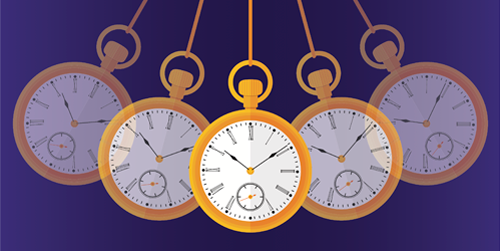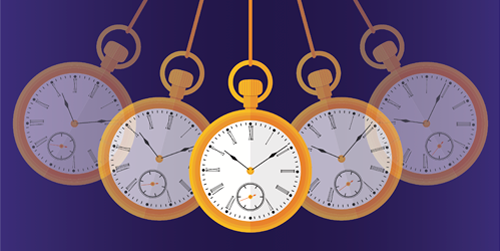A Time Crystal Without a Driver
In conventional crystals, a highly ordered arrangement of atoms or molecules repeats periodically in space, unaffected by external perturbations. In 2012, theorist Frank Wilczek imagined this ordering extended to the fourth dimension in a system that moves periodically in time at an internally set rhythm (see 15 October 2012 Viewpoint). These so-called time crystals became a reality five years later, but so far, these quantum systems have all required some external driver. Now, Valerii Kozin from the University of Iceland and Oleksandr Kyriienko from the University of Exeter, UK, have explained how to create a time crystal completely isolated from the environment. Such a stable, closed system could be exploited for precision measurement tools and quantum information storage.
Researchers realized the first ever time crystals in systems of trapped ions and diamond-hosted impurities (see 18 January 2017 Viewpoint). In those experiments, a laser pulse kickstarted oscillations in the particles’ spins. This motion stabilized to a period twice that of the initial kick—a signature of a so-called discrete time crystal. In the absence of the laser or other external driving force, however, thermodynamic constraints imply that such time crystals cannot exist.
Kozin and Kyriienko have now shown that those constraints can be bypassed. They modeled a collection of particles whose spins interact over long distances, causing one particle’s quantum state to mirror that of another far-removed particle. The researchers found that if all the particles start in a superposition of all-spin-up and all-spin-down states, the system should behave as a time crystal that shows resilience to local perturbations and remains stable at zero kelvin. The authors suggest that this prediction could be tested in a system of interacting qubits, such as trapped ions, where multispin operations can be engineered.
This research is published in Physical Review Letters.
–Rachel Berkowitz
Rachel Berkowitz is a science writer based in Seattle, Washington.





